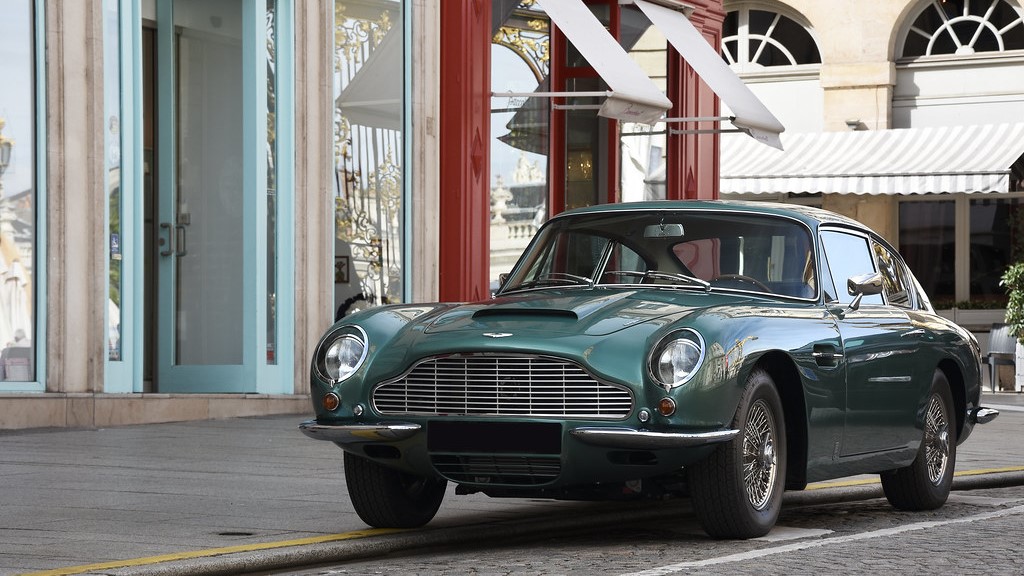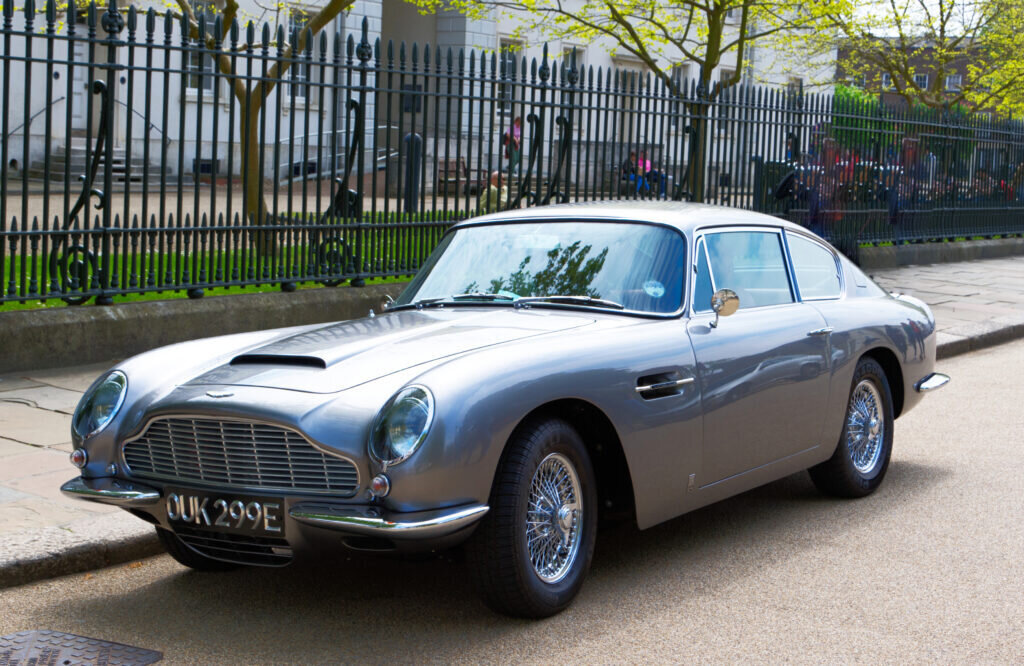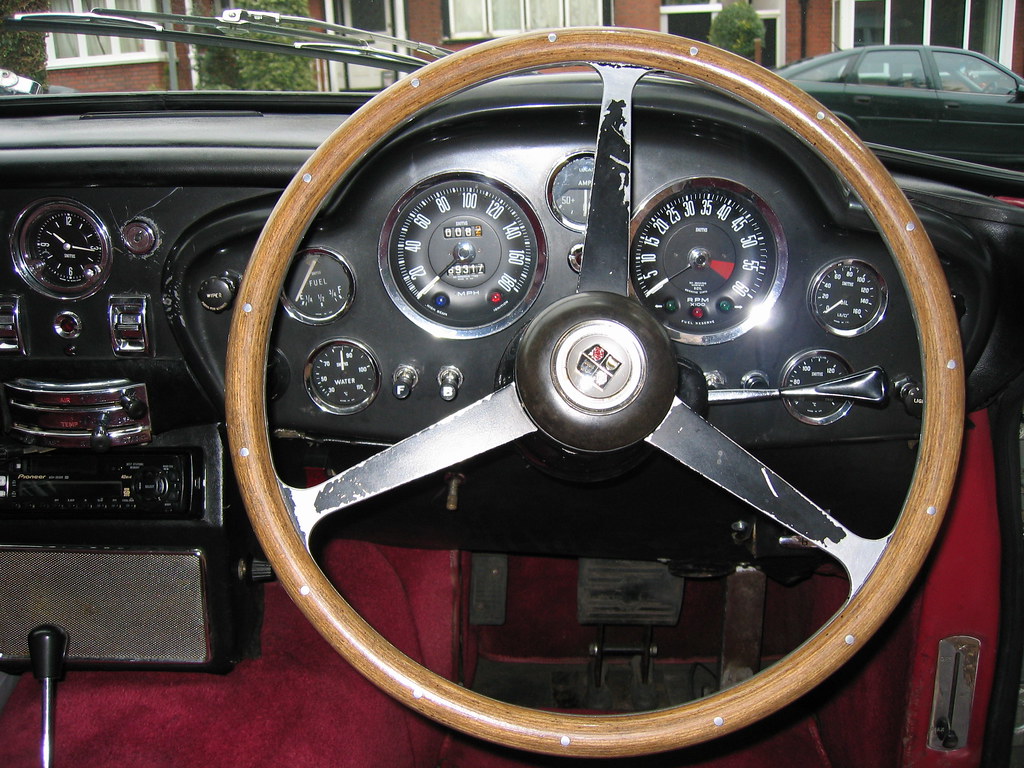
When the Aston Martin DB6 2-door grand tourer was finally introduced at the 1965 London Motor Show, the design was already dated in the eyes of many critics. The DB6 was the first Aston Martin to be totally engineered at the new works in Newport Pagnell. Despite the general appearance being very similar to the much-loved DB5, there were some significant differences including improved aerodynamics and a higher specification.

The overall length of the DB6 was just over 50mm longer than the DB5. However, the wheelbase increased from 2489mm to 2578mm. This improved stability at high speeds and passenger comfort.
Other external changes included a split front and rear bumper, and rear panels incorporating the Kammback tail rear end (also known as “Kamm tail” or “K-tail”). The Kammback is where the back of the car slopes downwards before meeting a vertical surface with the purpose of minimising aerodynamic drag. It is commonly used on modern hybrid vehicles to reduce fuel consumption. Despite the performance benefits, the Kammback rear did not prove popular with many traditional Aston Martin enthusiasts.
Internally, there was more head space with the roof line raised by approx. 50mm. Also, rear passengers had more leg room.
The DB6 is powered by a 3995 cc twin-overhead camshaft (DOHC), in-line six-cylinder Aston Martin engine designed by Tadek Marek. At 5500 rpm, the engine produces 282 bhp. Despite being over 7kg heavier than the DB5, there is no noticeable drop in performance. With a top speed of 150 mph, the DB6 could accelerate from 0-60 mph in 8.4 seconds.

For the DB6, Aston Martin continued their long-term close association with SMITHS Instruments. In all, SMITHS supplied eight gauges:
Caerbont Automotive Instruments (CAI) continue to manufacture SMITHS instruments for classic and heritage Aston Martin cars at their facility near Swansea in South Wales. The range is supplied through Aston Martin Heritage.
Despite the close relationship between Aston Martin and the James Bond production team, the DB6 failed to secure a starring role in any Bond movie. However, the DB6 did star in several movies including The Man from U.N.C.L.E. (2015) and The Boat That Rocked (2009).
Between September 1965 and January 1971, Aston Martin produced 1755 DB6 sports cars. This was the longest production run of any Aston Martin at that time. The DB6 was replaced by the Aston Martin DBS.
In the 1960s, the price of a DB6 saloon was £4,998 and a Volante £4,192. In 2019, well-restored Aston Martin DB6 models are priced from £280,000, with those in excellent condition valued at over £500,000.
For more information on SMITHS gauges for any classic Aston Martin, please contact us on:
Email: [email protected]
Phone: +44 (0) 1639 732200
You can also follow us on social media for regular news updates, photographs and technical information: